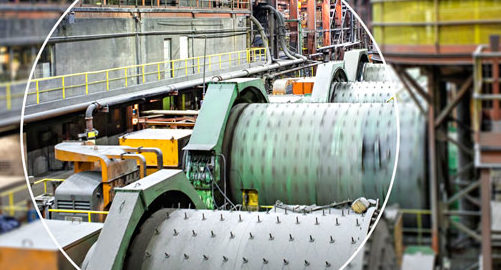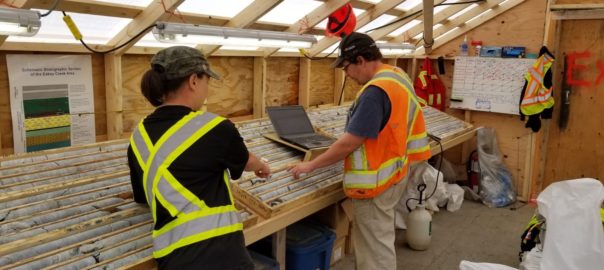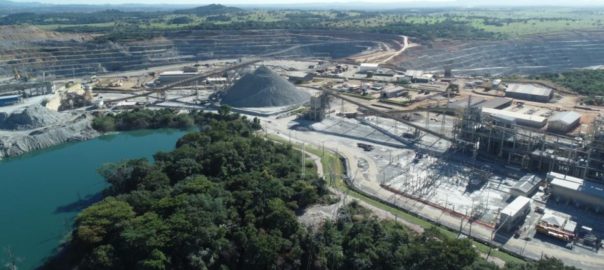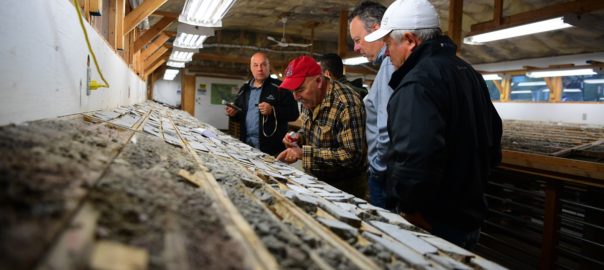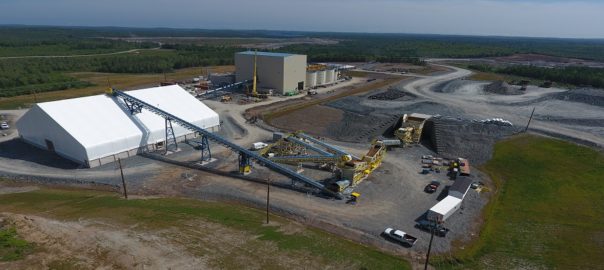Generation Mining says it is making headway on the development plan for its Marathon palladium-copper project, in north-western Ontario, Canada, having contracted all the major engineering companies for the study.
The study is expected to take around seven to eight months to conclude, with completion expected in early 2021, it said.
G-Mining Services will carry out the mine plan and mineral reserves, infrastructure scope of work and integration of the costs and economic analysis; Ausenco Engineering Canada is progressing the process facility layout and design based on the metallurgical testing that is currently underway at SGS-Lakefield; and Knight-Piesold is to design the tailings facility and open-pit geotechnical engineering. In support of the feasibility study and environment impact interactions, Stantec and Ecometrix P&E Mining Consultants will be responsible for the mineral resource estimate, the company said.
Jamie Levy, President and Chief Executive Officer of Generation Mining, said: “It is a very impressive team that we have assembled for the feasibility study. I am confident that these firms will optimise the value of the Marathon-PGM property and will continue to de-risk the project.
“Our goal is to maximise the net present value of the project while designing an operation which will minimise environmental impacts and provide economic benefits to the local communities. We see the Marathon project being near shovel-ready and well timed to the buoyant palladium market.”
Generation Mining acquired a 51% interest in the Marathon property from Sibanye Stillwater on July 10, 2019, and can increase its interest to 80% by spending $10 million over a period of four years. As of the March quarter, around $4 million of the $10 million has already been spent.
A preliminary economic assessment on Marathon published earlier this year outlined a 14,000 t/d open-pit operation growing to 22,000 t/d after expansion, with an average palladium output of 107,000 oz/y for 14 years. The open-pit mining would be owner-operated using conventional diesel equipment consisting of 254 mm diameter rotary drills on 10 m high benches, 29 cu.m bucket hydraulic excavators, and 221 t off-highway haul trucks and auxiliary equipment, according to the study.
On the feasibility study, Generation Mining said all groups were “integrating well” through good interactions and frequent communications.
“G-Mining will progress pit designs and sequencing that will prioritise the high-grade palladium values for initial production to bring increased palladium production into the first half of the mine life, and increase copper production in the mine’s later years,” the company said.
“Ausenco’s plant design is expected to update the quality work that was done in prior studies with newer technology, which, in turn, will improve concentrator operability and lower capital costs, while increasing palladium recovery without sacrificing copper recovery. This flowsheet is expected to be validated with the current metallurgical test work that is progressing at SGS-Lakefield.
“Knight-Piesold will be updating the past tailings dam designs to reflect current best available practices and technologies.”
Stantec and Ecometrix are involved in the feasibility study team to help facilitate the update of the Environment Impact Study report addendum and to help inform the critical path regulatory approvals process, the company added.
At this early stage, the work on the feasibility study will consider an optimised processing and mine production rate that is “more aggressive” than outlined in the PEA, the company said, contemplating starting at 5 Mt/y and expanding to 8 Mt/y after five years.










